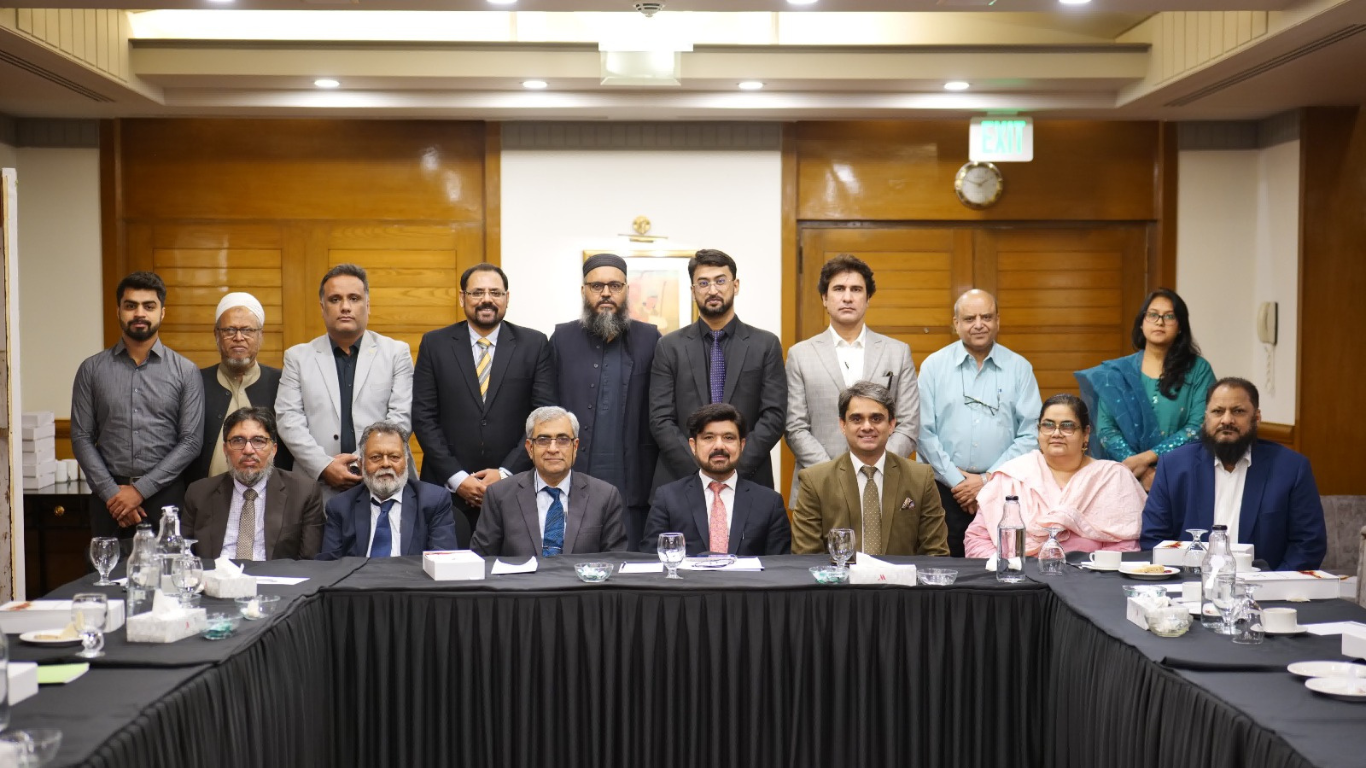
The Ministry of Planning, Development and Special Initiatives (MoPD&SI) is actively steering Pakistan toward becoming a trillion-dollar economy by 2035, guided by its visionary 5Es Framework and the 13th Five-Year Plan (2024–2029). Under the leadership of Federal Minister for Planning, Development, and Special Initiatives Prof. Ahsan Iqbal Chaudhary, this agenda emphasizes innovation, youth development, creativity, and public-private collaboration to achieve inclusive growth.
The three-day national conference commenced with a keynote address by Federal Minister Ahsan Iqbal, who highlighted the transformative role of creative and cultural industries in shaping Pakistan’s global competitiveness. The Academia Session, held on Wednesday, July 30th, 2025, at the Marriott Hotel, Karachi, focused on aligning educational innovation with national policy objectives.
As part of this strategy, Asif Z. Warsi, Focal Person – Young Peace and Development Corps (YPDC) and the Green Youth Movement (GYM), Institute of Business Management (IoBM), under the guidance of Prof. Dr. Tariq R. Soomro, Rector, IoBM, to participate in the Academia Session for Policy Debate of the Creative Industry and Culture Economy Conference under the URAAN Pakistan initiative. The session brought together academic leaders and policy experts to discuss the evolving role of academia in national policy development and the growth of the creative industry. This initiative directly supports Pakistan’s commitment to achieving the UN Sustainable Development Goals (SDGs), particularly SDG 4 (Quality Education), SDG 8 (Decent Work and Economic Growth), SDG 9 (Industry, Innovation and Infrastructure), and SDG 17 (Partnerships for the Goals).
Key Highlights proposed by Asif Z. Warsi:
1. Specialized Training & Capacity Building
2. Lessons from China’s Development Model
3. Labor Force Participation (LFP) Gaps
Policy Recommendations: